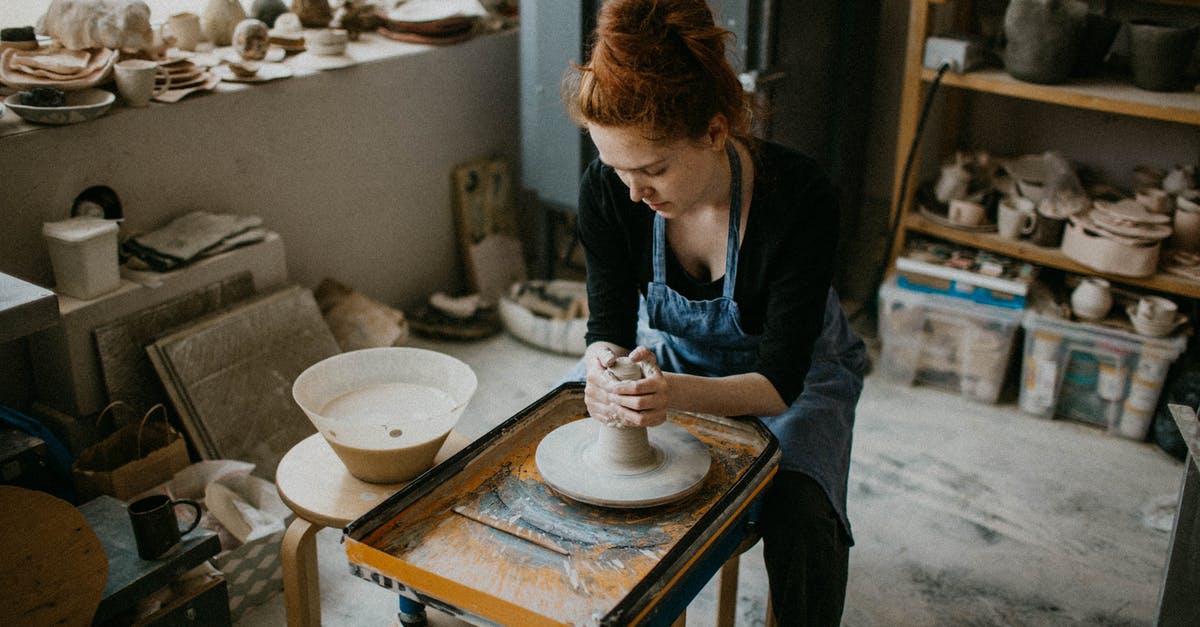What are the guidelines for creating a canning recipe?

I am looking for the criteria that make an acceptable recipe for canning. Most sites say to only use approved canning recipes and not make substitutions, which is totally understandable, but surely there must be some guidelines for what makes those recipes acceptable? What levels of salt, acidity, water activity, etc make a recipe suitable to be canned?
Best Answer
Nearly any recipe can be canned, the only caveats are that lower-acidity foods and recipes require a specialized pressure canner to kill bacteria, and there is also a short list of ingredients which are never a good idea to can, but many people wouldn't think twice about adding/subbing into a recipe - fats, dairy and eggs shouldn't be in a canning recipe because they'll still go rancid, grains and flours are good insulators and will actually protect bacteria from the heat, and thickeners that people will often throw into a recipe like cornstarch or tapioca will chemically break down from the canning heat. You'll find plenty of cases of people canning grainy/floury things anyway with no ill effect, but that simply means there was no bacteria to kill in the first place. Better safe than sorry.
Most people don't even know what pH is, let alone how to test it or how a recipe alteration would change it. They also aren't going to know much about bacterial growth conditions or heat transfer. It's a heck of a lot easier for a recipe site or book to just say "no substitutions" than to try to teach people how to do it safely, especially when there's plenty of idiots who wouldn't pay attention and sue when they get bacterial poisoning.
So there's really only two guidelines you really have to worry about for your recipes:
- Avoid the ingredients that shouldn't be canned, or at the very least, understand that you're taking a risk.
- Foods with a pH level of 4.6 and below can be canned in boiling water. A pH of above 4.6 requires pressure canning. This pH chart gives some examples of commonly canned items.
Sources:
- The acidity rule is a fundamental safety rule that any decent guide will have. Ball's guide mentions it first thing in "Getting Started". Most guides will simply refer to high-acid and low-acid foods. This safety guide from the National Center for Home Food Preservation details the pH reading of 4.6 as the dividing line, which is also visible in the pH chart linked in the answer.
- The dangers of canning cakes and breads have been published by many research departments, including those at Penn State and University of Georgia
- Thickeners such as cornstarch chemically breaking down due to the heat involved in canning is detailed in the Cook's Thesaurus. This breakdown is the entire reason for a product called Clearjel, which is also mentioned on the same page as a substitute for cornstarch
- Clemson University states that no safe methods for home canning dairy products exist.
Pictures about "What are the guidelines for creating a canning recipe?"



What are the rules of canning?
Keep your foods safe while water-bath canning (aka boiling-water canning) and pressure canning with these rules....- Use the Right Canner. ...
- Choose the Right Jars. ...
- Don't Reuse Lids. ...
- Keep Everything Clean (Really Clean) and Hot. ...
- Be Mindful of Canning Headspace. ...
- Don't Overtighten Lids.
How do I know if a recipe is safe for canning?
The only way to keep it safe is to follow a tested recipe for the acidity and ratio of non-acidic ingredients to acidic ingredients. You can never alter the acidic to non-acidic ratio.What are the basic steps of canning at home?
In the photos below, I am canning marinara sauce.What is the first step of canning?
First step: Prepare equipment, Preheat the canner Assemble and wash equipment and containers before gathering fruit or vegetables. Fill the boiling water bath or pressure canner with the appropriate amount of hot water and begin heating it on the range.Canning 101: Start Here
Sources: Stack Exchange - This article follows the attribution requirements of Stack Exchange and is licensed under CC BY-SA 3.0.
Images: Valeriia Miller, cottonbro, cottonbro, Valeria Ushakova
